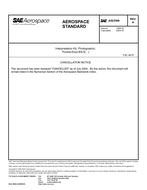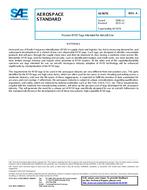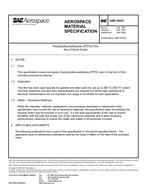This handbook is designed to assist program management and/or systems engineering management in managing the transition to lead-free (Pb-free) electronics to assure product reliability and performance.
Programs may inadvertently introduce Pb-free elements (including piece part finish, printed wiring board finish, or assembly solder) if careful coordination between buyer and supplier is not exercised. For example, piece part manufacturers may not always change part numbers to identify Pb-free finishes, especially if the previous tin-lead (Sn/Pb)-finished piece part has been discontinued. Detailed examination of piece parts and documents at receiving inspection while crucial, may not be sufficient to identify Pb-free piece parts.
Note: Pb-free technology can impact any program regardless of whether the program itself is exempt or bound by environmental regulations. The industry conversion to Pb-free solder technology may affect an aerospace program in one or both of the following ways: 1. If the program is required to implement Pb-free technology (contract requirement, environmental regulation, etc), then the program manager/lead systems engineer will need to assess the impact of in-house transition with respect to design (performance of products using Pb-free) and process (processes to build Pb-free products). 2. If the program purchases COTS (Commercial-off-the-Shelf) items for its products/systems, then there is a very good chance that these items will contain Pb-free solder or Pb-free finishes on parts, printed wiring boards (PWBs), or CCAs.
The basic principles delineated in this handbook can be used for program management and/or systems engineering management of any aerospace and/or high performance program. The appendices in the document describe tools that can be used in conjunction with this handbook.
Product Details
- Published:
- 06/01/2006
- File Size:
- 1 file , 290 KB


